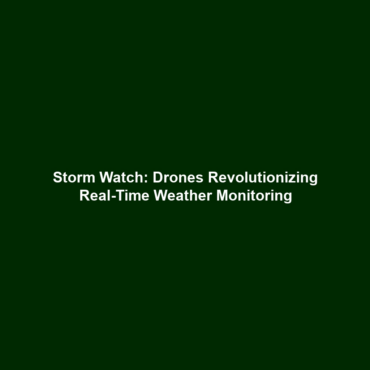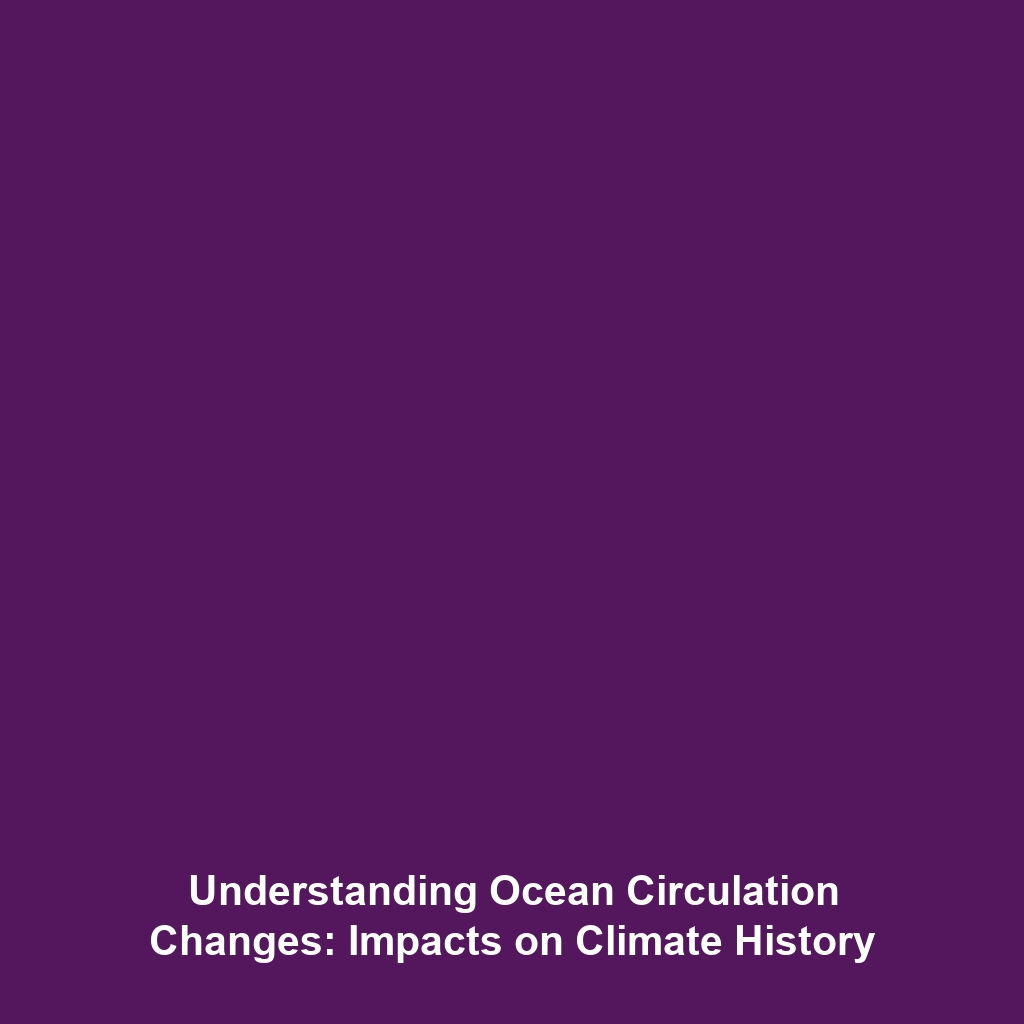Examples of Drones Used for Real-Time Weather Monitoring During Storms
Introduction
Drones are rapidly revolutionizing the field of meteorology, particularly in the area of storm analysis. The significance of real-time weather monitoring during storms cannot be overstated, as accurate data collection is crucial for timely alerts and effective responses to severe weather events. Drones equipped with sophisticated sensors provide meteorologists with invaluable data, helping to enhance predictive models and improve our understanding of storm behavior. This article explores various examples of drones being used for real-time weather monitoring during storms, illustrating their vital role within the broader context of Drones in Science.
Key Concepts
The integration of drones in science for real-time weather monitoring involves several key concepts:
- Remote Sensing: Drones utilize advanced remote sensing technology to capture meteorological data from challenging environments.
- Data Collection: Equipped with sensors that measure temperature, humidity, wind speed, and atmospheric pressure, drones gather data that is vital for weather forecasting.
- Real-Time Analysis: The capability of drones to transmit data in real-time enhances the speed and accuracy of weather predictions.
Applications and Real-World Uses
Various applications of drones for real-time weather monitoring exemplify how this technology is shaping the field of meteorology:
- Storm Tracking: Drones collect data on storm formation and development, providing information essential for tracking storm trajectories.
- Data-Gathering Flights: Research organizations deploy drones to measure crucial parameters in storm systems that traditional methods may miss.
- Disaster Response: In emergency scenarios, drones can quickly assess impacted areas, collecting data to improve response strategies.
Current Challenges
Despite the advantages, several challenges impede the application of drones for real-time weather monitoring:
- Regulatory Issues: Restrictions on drone flights, particularly in urban or densely populated areas, limit research potential.
- Technical Constraints: Battery life and payload limitations can hinder the duration and range of weather monitoring missions.
- Data Integration: Combining drone-collected data with existing meteorological models remains a complex challenge.
Future Research and Innovations
Looking ahead, several innovations are expected to further enhance the role of drones in real-time weather monitoring:
- Advanced Sensors: The development of more sensitive and specialized sensors will improve data accuracy.
- Artificial Intelligence: Integrating AI algorithms can optimize data analysis, enabling quicker and more accurate forecasts.
- Collaboration Technologies: Improved communication networks will facilitate data sharing between multiple drones and meteorological services.
Conclusion
In summary, drones are increasingly becoming vital tools for real-time weather monitoring during storms, playing a significant role in enhancing our understanding of atmospheric phenomena. By overcoming existing challenges and pursuing future innovations, the potential of drones in the field of meteorology is immense. For those interested in learning more, visit our resources on Drones in Science and explore how technology is transforming the approach to weather forecasting.

